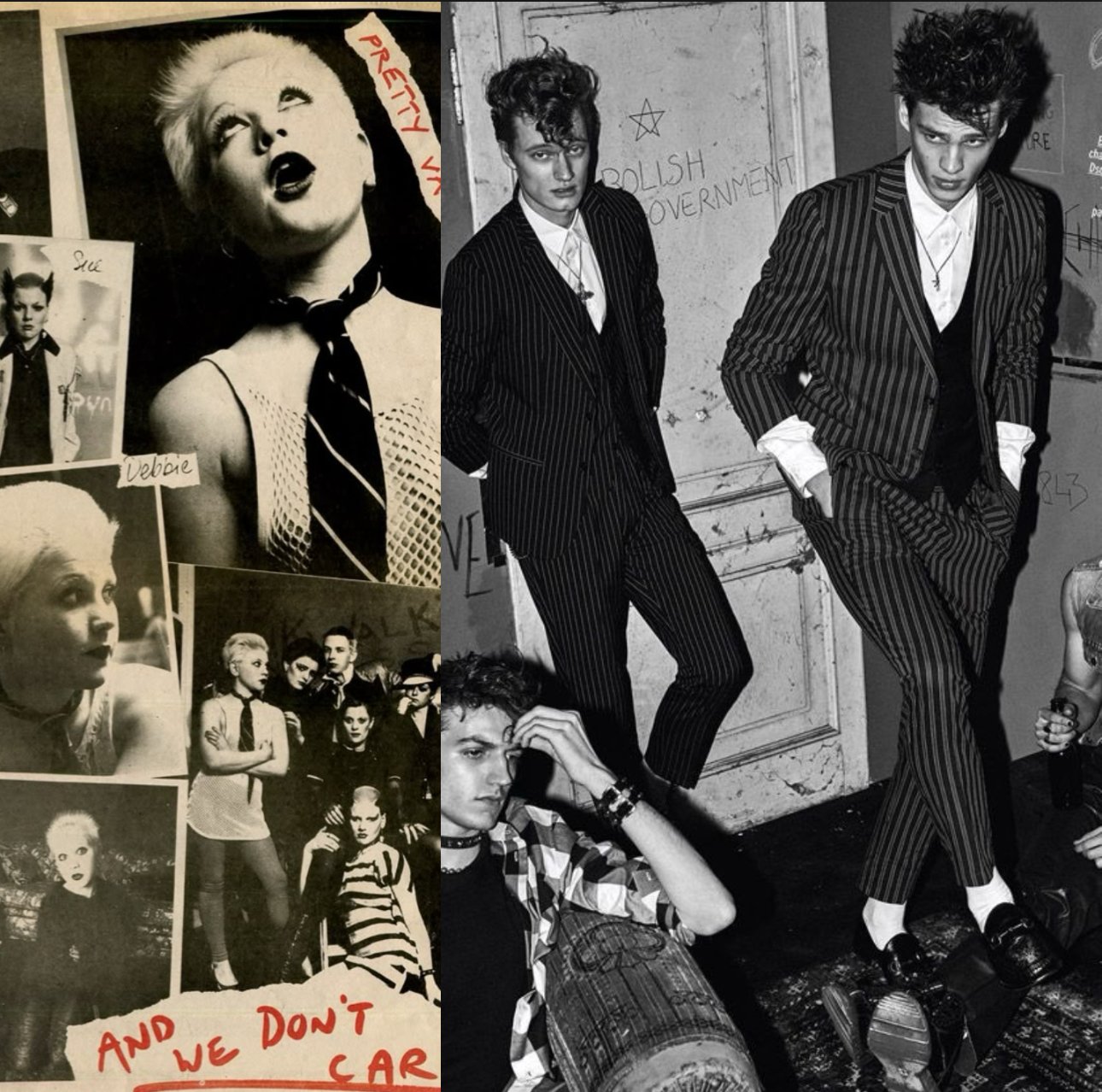The Evolution Of DIY Fashion: A Timeline Of Self-Made Style.
DIY fashion is a form of rebellious creativity and a response to the need for individuality.Its roots lie in the youth culture counter movements of the 1960s and 1970s, which sought to challenge the bubble of consumerism and environmental degradation. Over the years, this movement has evolved from an alternative subculture to a more mainstream trend,, with its message spreading widely through social media.
DIY sustainable clothing emerged during the eras of the 1960s and 1970s, with the rise of the counterculture movement- a movement in which individuals challenged mainstream values and practices. Young people, with hippies and punks leading the charge, aimed to break free from societal norms and the growing dominance of mass-produced clothing. They embraced a do-it-yourself attitude, Repurposing old garments and transforming handmade materials into unique pieces-an act of resistance against the mass consumerism of the time.
By the 1980s and 1990s, DIY style had become synonymous with punk culture. The impact of punk was felt across various forms of art and fashion, as torn clothing, leather jackets, and patched-up clothing emerged as symbols of rebellion. Unknowing, these trailblazers created a core fashion aesthetic that is still used today.
In the 1990s, DIY fashion had gained an eco-conscious significance Giving rise to a trend of upcycling and repurposing clothing to reduce waste. While sustainability had not yet become a global movement, there was growing recognition of the need for change in the fashion industry. Recipes for upcycling and the use of organic materials found their way into conversations, gaining popularity within the DIY communities.
In the 2000s, with the rise of the Internet, ideas advocating for a more sustainable DIY fashion grew more widespread than ever. Websites like Etsy allowed creators to sell their handmade creations. Undoubtedly, by the 21st century, DIY fashion began trickling out of subcultures into the public domain as people steadily became more aware of their environmental impact.
Social media sites like Instagram played an important role in echoing the message of DIY sustainable fashion into mainstream. From there, DIY sustainable fashion began to evolve into what it is today-a household term that emphasizes environmentalism, creativity, individuality. Thanks to social media, people from all over the world can connect with each other and share their work. Platforms such as Instagram, Pinterest, and TikTok are now important tools for propagating the message of sustainable fashion more than ever.
The fashion scene is waking up. Many designers and brands now incorporate sustainability into their practices.
The evolution of DIY sustainable fashion, from its roots in the countercultures of the 1960s and 1970s, is an important journey-one that started with a revolution against mass consumerism. Social media has also played a pivotal role in spreading this message, allowing others to express their creativity through sustainability. Nonetheless, Fashion lovers and appreciators around the globe have turned a revolution into a lifestyle and must continue to embrace sustainable practices while looking unique.
Sources:
“The Sixties: Years of Hope, Days of Rage” by Todd Gitlin.
“Punk: The Definitive Record of a Revolution” by Stephen Colegrave





